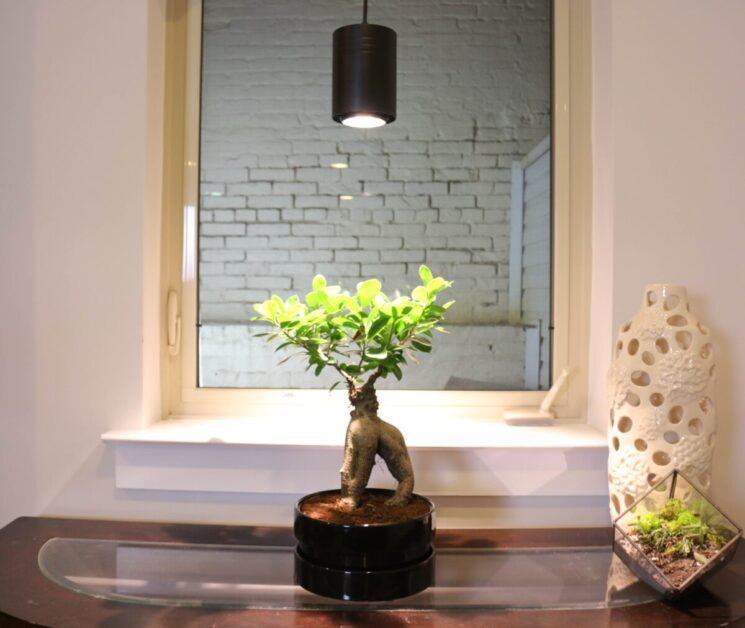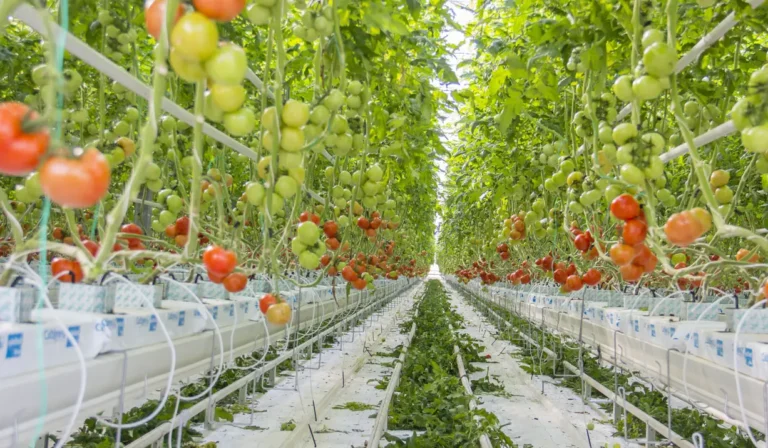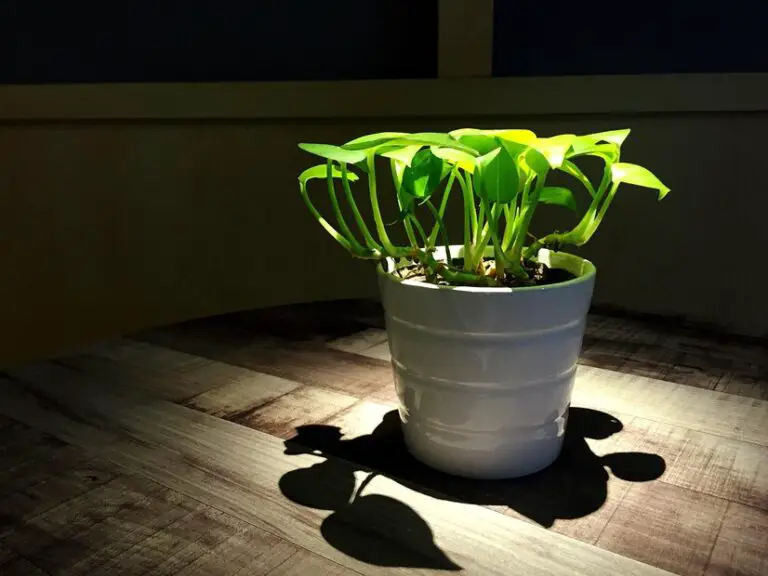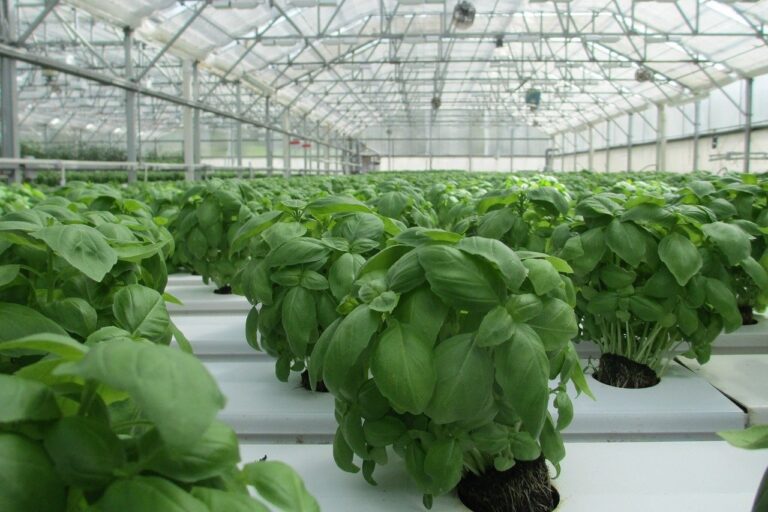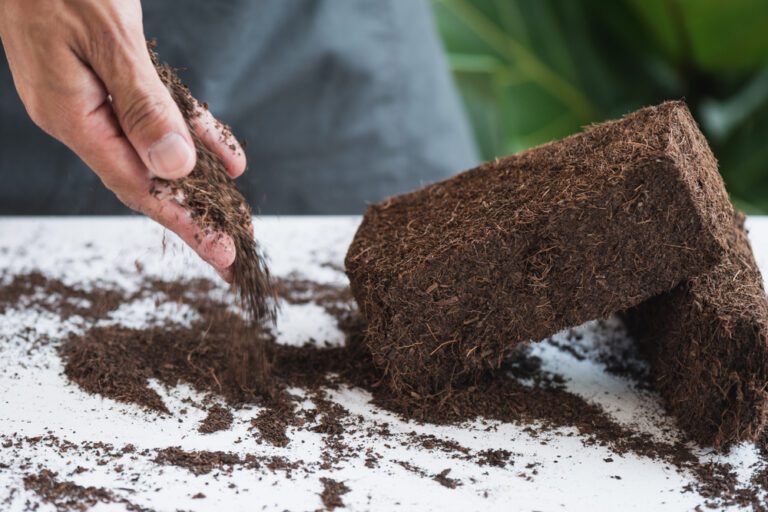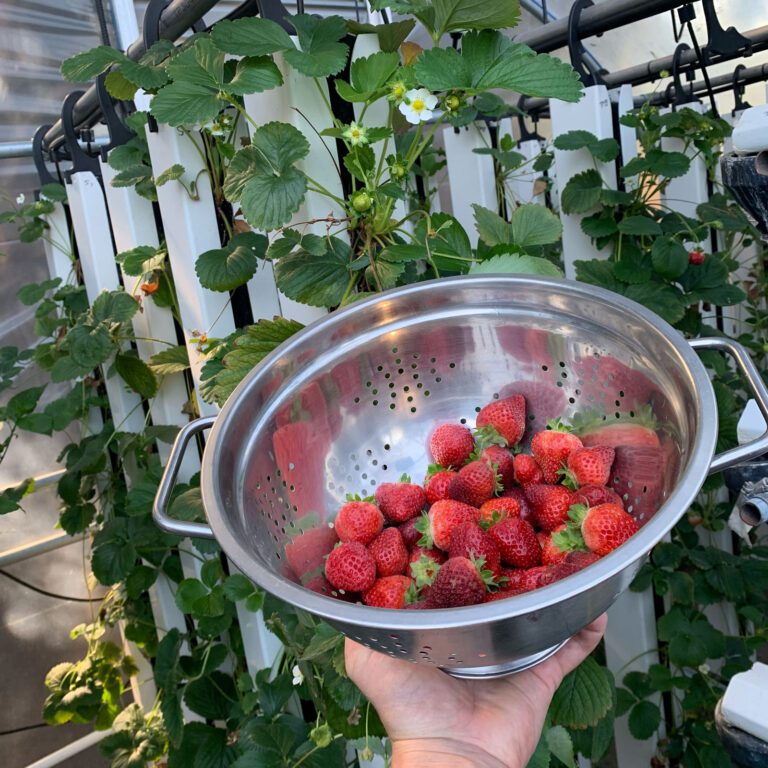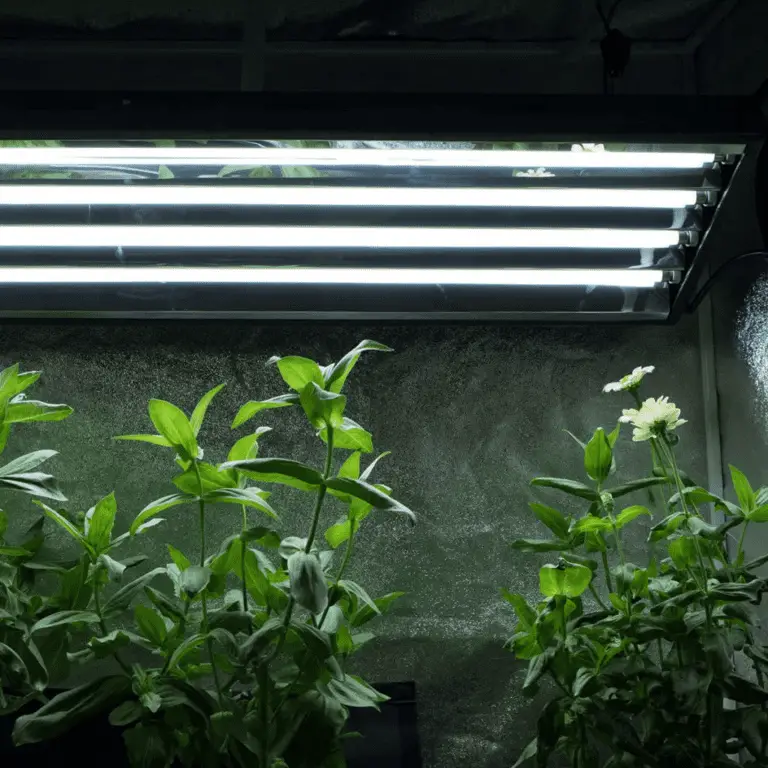Safe Disposal of Used Grow Lights from Your Hydroponic Garden
Table of Contents
Identifying the Different Components of a Grow Light
A grow light is an essential tool for indoor gardening, providing artificial light that mimics the sun’s rays and supports photosynthesis in plants. To understand the different components of a grow light, let’s take a closer look at its key elements.
1. Bulb: The bulb is the heart of a grow light and emits the light necessary for plant growth. The most common types of grow light bulbs are fluorescent, high-intensity discharge (HID), and light-emitting diode (LED). Each type has different characteristics, including light spectrum, energy efficiency, and lifespan.
2. Reflector: The reflector is designed to maximize the light emitted by the bulb and direct it towards the plants. It helps to distribute light evenly, preventing hotspots and ensuring uniform growth.
3. Ballast: In HID grow lights, the ballast is responsible for regulating the electrical current to the bulb. It provides the necessary voltage and controls the intensity of the light emitted. Ballasts can be either magnetic or electronic, with electronic ballasts being more energy-efficient and popular.
4. Housing or Fixture: The housing or fixture surrounds the bulb and other components, providing protection and stability. It is usually made of metal or plastic and may have built-in features such as reflectors, ventilation systems, and hanging brackets.
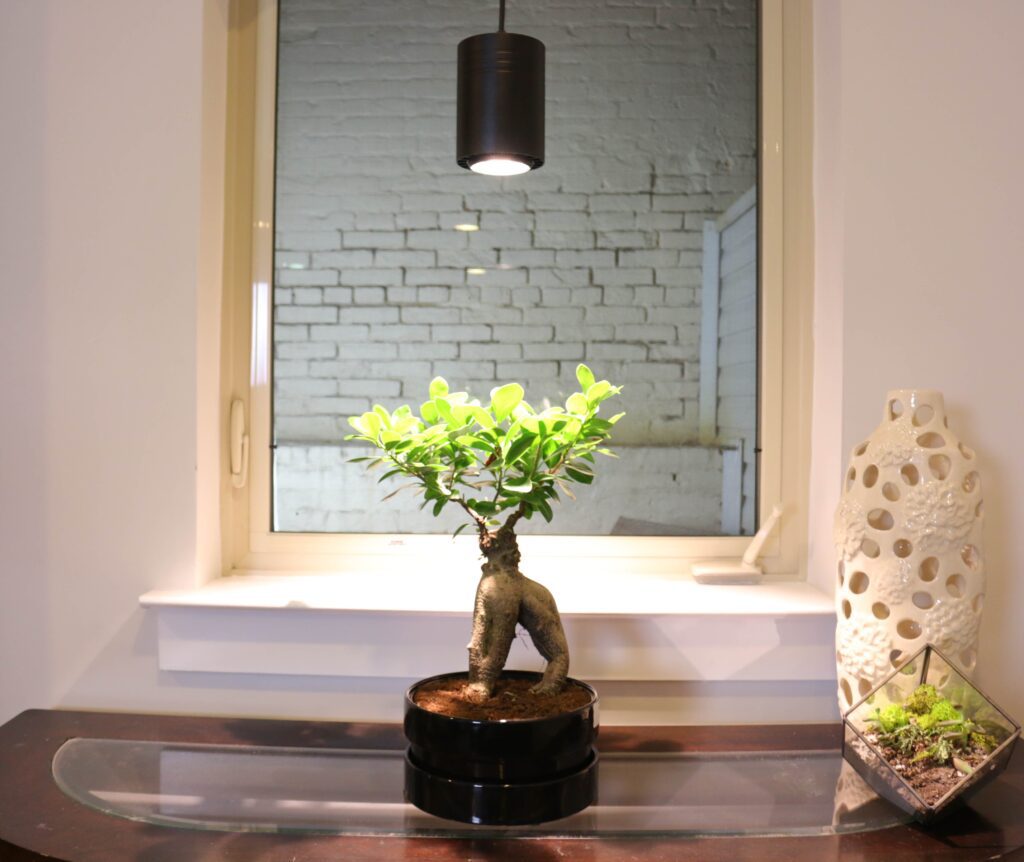
By understanding the various components of a grow light, gardeners and enthusiasts can make informed decisions when purchasing, maintaining, or upgrading their indoor gardening setups. With this knowledge, we can explore different options for optimizing plant growth and achieving successful indoor gardening results.
• Bulb: The heart of a grow light, emits necessary light for plant growth
– Types: fluorescent, HID, LED
– Characteristics: light spectrum, energy efficiency, lifespan
• Reflector: Maximizes emitted light and directs it towards plants
– Ensures even distribution of light
– Prevents hotspots and promotes uniform growth
• Ballast: Regulates electrical current to the bulb in HID lights
– Provides necessary voltage and controls intensity of emitted light
– Types: magnetic or electronic (electronic being more popular and energy-efficient)
• Housing or Fixture: Surrounds bulb and other components
– Provides protection and stability
– Made of metal or plastic with built-in features such as reflectors, ventilation systems, hanging brackets
By understanding these different components of a grow light, gardeners can make informed decisions when purchasing or maintaining their indoor gardening setups. This knowledge allows for exploration of options to optimize plant growth and achieve successful indoor gardening results.
Researching Local Regulations and Guidelines for Disposal
When it comes to disposing of used grow lights, it’s important to understand and follow the local regulations and guidelines to ensure proper and environmentally-friendly disposal. Each region may have specific rules and recommendations in place to manage the disposal of electronic waste, which includes grow lights.
To begin the process, start by researching the local regulations and guidelines for disposal in your area. This information can usually be found on your municipality’s website or by contacting local waste management authorities. Pay close attention to any restrictions or requirements for disposing of electronic waste, as well as any designated collection centers or recycling programs that may be available.
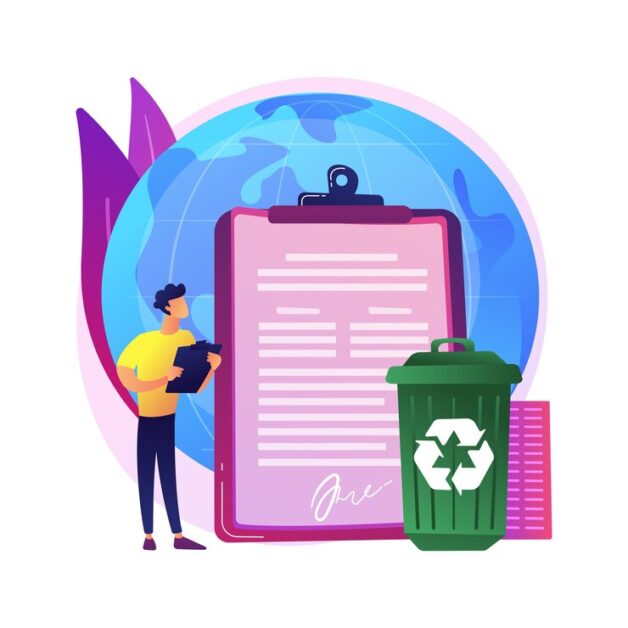
By familiarizing yourself with the local regulations and guidelines, you can ensure that you are following the appropriate procedures for disposing of your used grow lights in a responsible and lawful manner. This not only helps protect the environment from potential hazards but also contributes to the overall sustainability efforts in your community.
• Research the local regulations and guidelines for disposal in your area
• Check your municipality’s website or contact local waste management authorities for information
• Look for any restrictions or requirements for disposing of electronic waste, including grow lights
• Take note of any designated collection centers or recycling programs available in your community
• Familiarize yourself with the appropriate procedures for disposing of used grow lights responsibly and lawfully
• Help protect the environment from potential hazards by following proper disposal methods
• Contribute to sustainability efforts in your community by adhering to local regulations and guidelines
Exploring Options for Reusing or Repurposing Used Grow Lights
With the increasing popularity of indoor gardening, many gardeners are left wondering what to do with their used grow lights once they no longer serve their purpose. Luckily, there are several options for reusing or repurposing these lights, allowing you to extend their lifespan and reduce waste. One option is to use them for starting seedlings or growing small potted plants indoors. By placing the used grow lights in a dedicated area, you can provide the necessary light spectrum and intensity for young plants to thrive.
Another possibility is to repurpose the used grow lights for other household purposes. For instance, these lights can be used to create a DIY light box for photography, providing uniform and bright lighting for capturing professional-looking images. Additionally, grow lights can serve as supplemental or primary lighting for aquariums, ensuring that aquatic plants receive the light they need to flourish. By exploring these reusing and repurposing options, you can maximize the value of your used grow lights while minimizing their environmental impact. So, don’t let your used grow lights go to waste – get creative and give them a new lease on life!
• Use them for starting seedlings or growing small potted plants indoors
• Create a DIY light box for photography
• Use as supplemental or primary lighting for aquariums to support aquatic plant growth
Considering Donating Used Grow Lights to Community Gardens or Schools
Donating used grow lights to community gardens or schools is a wonderful way to contribute to local gardening initiatives and promote sustainable practices. Community gardens provide a valuable space for individuals, families, and even entire neighborhoods to come together and grow their own fresh produce. By donating grow lights, you can help these gardens extend their growing season, enhance their productivity, and ultimately provide more nutritious food for the community.
Schools, especially those with agricultural or botanical programs, can also benefit greatly from donated grow lights. These lights can be used to create indoor gardens or plant nurseries, allowing students to learn about plant growth and cultivation in a hands-on and practical way. Additionally, having access to grow lights gives schools the opportunity to teach students about sustainable farming practices and the importance of reducing their ecological footprint.
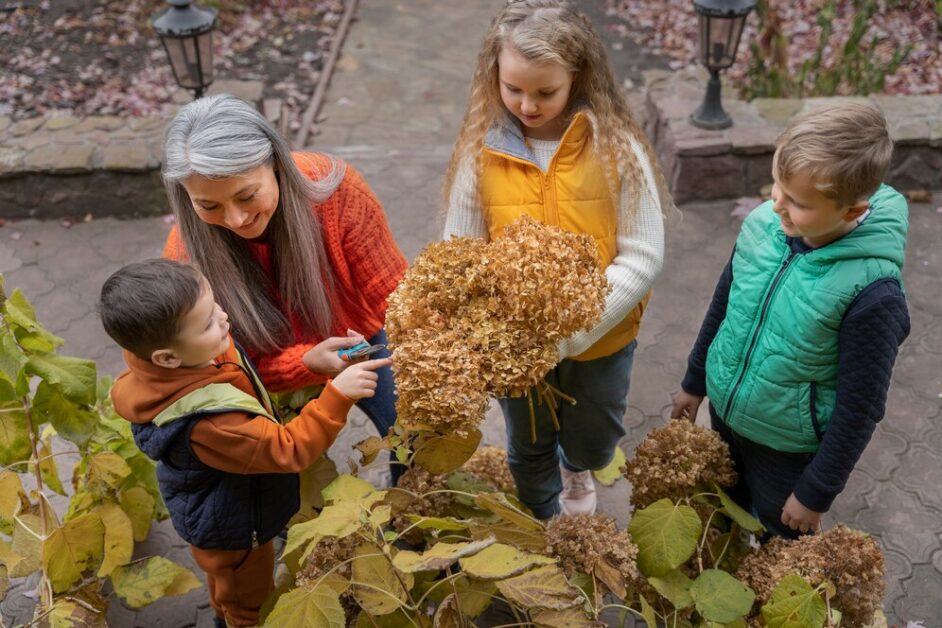
By donating your used grow lights to community gardens or schools, you not only contribute to local food production but also help educate and inspire future generations to embrace sustainable gardening techniques. It’s a win-win situation that fosters community engagement and environmental stewardship. Keep in mind that before donating, it’s crucial to ensure the lights are in good working condition and meet the specific needs and requirements of the recipients.
• Donating used grow lights to community gardens or schools promotes sustainable practices and supports local gardening initiatives.
• Community gardens provide a space for individuals, families, and neighborhoods to grow their own fresh produce.
• Grow lights can help extend the growing season of community gardens and enhance productivity.
• Donated grow lights can contribute to providing more nutritious food for the community.
• Schools with agricultural or botanical programs can benefit from donated grow lights by creating indoor gardens or plant nurseries.
• Students can learn about plant growth and cultivation in a hands-on way through access to grow lights.
• Having access to grow lights allows schools to teach students about sustainable farming practices and reducing ecological footprints.
• By donating used grow lights, you contribute to local food production and inspire future generations towards sustainable gardening techniques.
• Ensure that the donated grow lights are in good working condition and meet the specific needs of the recipients before donating them.
Examining the Potential Hazards of Improper Disposal
Improper disposal of grow lights can pose significant hazards to both human health and the environment. One of the main concerns is the presence of harmful substances in these lights, such as mercury. When grow lights are disposed of in regular waste streams, they can end up in landfill sites where these hazardous materials can leach into the soil and groundwater, eventually finding their way into our ecosystems.
Mercury, in particular, is a major cause for concern. As a neurotoxin, exposure to mercury can have detrimental effects on human health, particularly on the central nervous system. Additionally, when incinerated, grow lights can release toxic gases, including mercury vapor, into the air. This poses a risk not only to the immediate vicinity but also to surrounding communities and the wider environment. Therefore, it is crucial to handle the disposal of grow lights with care to minimize these potentially harmful consequences.
• Improper disposal of grow lights can lead to significant hazards for human health and the environment.
• Harmful substances, such as mercury, are present in these lights.
• When disposed of in regular waste streams, grow lights can end up in landfills where hazardous materials can leach into soil and groundwater.
• Mercury is a major concern due to its neurotoxic properties and detrimental effects on human health, particularly the central nervous system.
• Incinerating grow lights can release toxic gases, including mercury vapor, posing risks to nearby areas and communities.
• Proper handling and disposal of grow lights are crucial to minimize potential harm.
Properly Disconnecting and Removing Grow Lights from Your Setup
Removing grow lights from your setup is a crucial step in ensuring their safe disposal. Before disconnecting the lights, it is important to turn off the power source and unplug them from any electrical outlets. This will minimize the risk of electric shock and protect both you and the equipment.
Next, carefully remove the lights from their mounting brackets or fixtures. Take note of any screws, bolts, or fasteners that need to be loosened to free the lights. It is advisable to use proper tools and handle the lights with care to prevent damage or breakage. If the lights are connected to any cables or wiring, untangle and separate them gently to avoid any potential fraying or damage.
• Turn off the power source and unplug the lights from electrical outlets
• Carefully remove the lights from their mounting brackets or fixtures
• Take note of any screws, bolts, or fasteners that need to be loosened
• Use proper tools and handle the lights with care to prevent damage or breakage
• Untangle and separate any cables or wiring gently to avoid fraying or damage
Safely Storing Used Grow Lights Before Disposal
Safely storing used grow lights before disposal is an important step in ensuring the proper handling and disposal of these devices. Grow lights, especially those used in hydroponic systems, contain various components that may pose risks to human health and the environment if mishandled or improperly stored. By following a few simple guidelines, you can mitigate these risks and dispose of your used grow lights responsibly.
Firstly, it is crucial to disconnect the grow lights from the power source and remove them from your setup before storing them. This not only reduces the risk of accidental electrical shocks but also allows for easier and safer handling during storage. Make sure to carefully coil and secure any loose cords or wires to prevent tangling and potential damage. Additionally, it is recommended to place the grow lights in a sturdy, airtight container or box to protect them from dust, moisture, and physical damage. This will help preserve their condition and extend their lifespan while you make arrangements for proper disposal. Remember to label the container clearly as “used grow lights for disposal” to avoid any confusion or accidental use in the future.
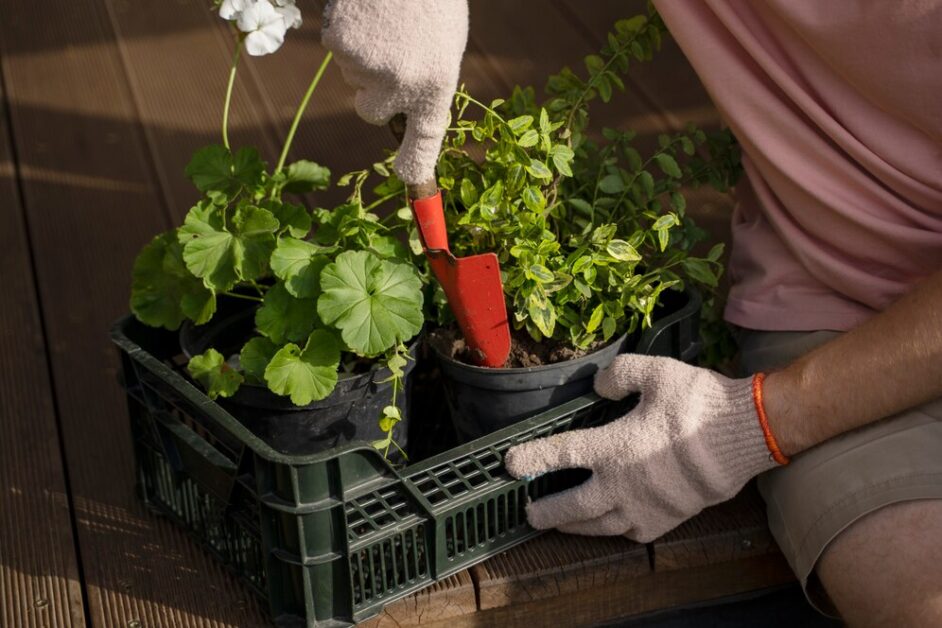
By taking these simple precautions, you can ensure the safe storage of used grow lights before their proper disposal. It is important to treat these devices as potentially hazardous materials due to their components, which may contain heavy metals or other substances that can harm the environment if improperly discarded. Keep in mind that local regulations and guidelines for disposal may vary, so it is advisable to consult with your local waste management authorities to determine the most appropriate and environmentally friendly disposal methods.
• Disconnect the grow lights from the power source and remove them from your setup before storing
• Coil and secure any loose cords or wires to prevent tangling and potential damage
• Place the grow lights in a sturdy, airtight container or box to protect them from dust, moisture, and physical damage
• Label the container clearly as “used grow lights for disposal” to avoid confusion or accidental use in the future
• Treat used grow lights as potentially hazardous materials due to their components containing heavy metals or other harmful substances
• Consult with local waste management authorities to determine the most appropriate and environmentally friendly disposal methods based on regulations and guidelines
Contacting Local Recycling Centers for Proper Disposal Methods
When it comes to proper disposal methods for used grow lights, contacting your local recycling centers is a key step in ensuring that you are following environmentally responsible practices. Recycling centers are equipped to handle electronic waste and can provide guidance on the specific procedures for disposing of grow lights in your area.
It is important to note that not all recycling centers accept grow lights, as they may contain hazardous materials such as mercury. Therefore, it is crucial to contact your local recycling centers beforehand to inquire about their specific policies and procedures for accepting and disposing of grow lights. They may provide you with information on drop-off locations or scheduled collection events where you can safely dispose of your used grow lights. By reaching out to these centers, you can have the peace of mind knowing that you are contributing to the proper disposal of these devices and minimizing their impact on the environment.
• Contact your local recycling centers to inquire about their policies and procedures for accepting and disposing of grow lights.
• Ensure that the recycling center is equipped to handle electronic waste, as grow lights fall under this category.
• Ask about any specific procedures or requirements for disposing of grow lights in your area.
• Inquire about drop-off locations or scheduled collection events where you can safely dispose of your used grow lights.
• Follow the guidance provided by the recycling center to ensure proper disposal and minimize environmental impact.
Exploring the Option of Recycling Grow Light Components Separately
Recycling is a crucial step towards reducing waste and promoting a sustainable future. When it comes to grow lights, exploring the option of recycling their components separately can have a significant environmental impact. By recycling the individual parts of grow lights, we can help conserve valuable resources and minimize the amount of waste that ends up in landfills.
One of the first steps in recycling grow light components separately is to identify the different materials that make up these devices. Grow lights are typically composed of components such as metal casings, plastic housing, electrical wiring, and various types of bulbs or LEDs. Each of these materials requires a different recycling process to be properly repurposed or disposed of. By dismantling the grow light and separating these components, we can ensure that each material is recycled or disposed of in the most appropriate and environmentally friendly manner.
Additionally, it is important to research local recycling facilities or specialized e-waste centers that accept grow light components. These centers have the necessary infrastructure and expertise to handle and recycle the different materials found in grow lights. By entrusting our used grow light components to these facilities, we can be confident that they will be processed in a way that minimizes environmental harm and maximizes the potential for reuse or recycling. So, let’s take a closer look at the benefits and considerations associated with recycling grow light components separately.
• Recycling grow light components separately helps conserve valuable resources and minimize waste in landfills.
• Identifying the different materials that make up grow lights is the first step in recycling them separately.
• Grow lights are typically composed of metal casings, plastic housing, electrical wiring, and various types of bulbs or LEDs.
• Each component requires a different recycling process to be properly repurposed or disposed of.
• Dismantling the grow light and separating these components ensures that each material is recycled or disposed of in an environmentally friendly manner.
• Researching local recycling facilities or specialized e-waste centers is important for finding places that accept grow light components.
• These facilities have the necessary infrastructure and expertise to handle and recycle the different materials found in grow lights.
• Entrusting used grow light components to these facilities ensures they will be processed with minimal environmental harm and maximum potential for reuse or recycling.
Disposing of Non-recyclable Parts of Grow Lights in Household Waste
When it comes to the disposal of non-recyclable parts of grow lights, it is important to follow proper procedures to minimize any potential environmental hazards. Non-recyclable components of grow lights, such as certain types of plastics or non-metallic materials, should be disposed of in household waste according to local regulations.
Before disposing of these non-recyclable parts, it is crucial to ensure that they are properly disconnected and removed from your grow light setup. This includes disconnecting any power sources and dismantling the light fixture, following the manufacturer’s guidelines for safe disassembly. Additionally, it is advisable to store the non-recyclable parts in a safe and secure manner until they can be disposed of properly. This prevents any accidental breakage or release of hazardous substances.
It is worth noting that while not all components of grow lights may be recyclable, it is important to explore other options for recycling or repurposing whenever possible. By doing so, you can reduce the amount of waste generated and contribute to a more sustainable gardening practice. When disposing of non-recyclable parts in household waste, always consult local regulations and guidelines to ensure compliance and proper disposal methods.
• Disconnect and remove non-recyclable parts from grow light setup
• Follow manufacturer’s guidelines for safe disassembly
• Store non-recyclable parts securely to prevent breakage or release of hazardous substances
• Explore recycling or repurposing options for components whenever possible
• Consult local regulations and guidelines for proper disposal methods.
Certainly! Here’s a table summarizing how to dispose of different types of grow light bulbs used for hydroponics:
| Grow Light Bulb Type | Disposal Method | Additional Notes |
|---|---|---|
| CFL (Compact Fluorescent) | – Do Not Throw in Household Trash: CFL bulbs contain mercury, which is toxic. – Clean Up Broken Bulbs Safely: If a CFL bulb breaks, follow guidelines (such as those from the EPA in the US) for safe cleanup. | CFLs are commonly used for indoor plant growth and come in various colors. |
| LED (Light-Emitting Diode) | – Recycle Through Local Municipalities: LED bulbs can often be recycled due to their microchips containing trace amounts of heavy metals. Check with your local recycling center. – Dispose in Trash if Not Recyclable: If recycling is not an option, dispose of LED bulbs in the trash. | LED grow lights are energy-efficient and made of plastic. |
| Halogen | – Dispose in Household Trash: Halogen bulbs can be thrown away in household trash. – Handle Broken Bulbs with Care: If a halogen bulb breaks, protect your hands and seal the broken pieces in a plastic bag. | Recycling halogen bulbs is not recommended due to the heat damaging the recycling process. |
Remember to handle broken bulbs carefully and follow local regulations for safe disposal.
Investigating Electronic Waste Collection Programs in Your Area
When it comes to disposing of electronic waste, such as used grow lights, it is important to explore the options available in your area. A good starting point is to investigate electronic waste collection programs that may exist locally. These programs are designed to provide a safe and convenient way for individuals to dispose of their electronic devices, including grow lights, in an environmentally responsible manner.
By reaching out to your local government or waste management authorities, you can inquire about any collection events or drop-off locations specifically for electronic waste. These programs typically ensure that the collected items are recycled or disposed of properly, minimizing their impact on the environment and preventing hazardous materials from ending up in landfills.
Taking the time to investigate and participate in electronic waste collection programs not only helps you with the proper disposal of your used grow lights but also contributes to overall sustainability efforts in your community.
• Investigating electronic waste collection programs in your area is crucial for proper disposal of used grow lights.
• Reach out to local government or waste management authorities to inquire about collection events or drop-off locations.
• These programs ensure that collected items are recycled or disposed of properly, minimizing environmental impact.
• Participating in electronic waste collection programs contributes to overall sustainability efforts in your community.
Understanding the Importance of Recycling and Proper Disposal
Proper recycling and disposal of used grow lights is not only crucial for ensuring a cleaner environment, but also for promoting sustainable gardening practices. By understanding the importance of recycling and proper disposal methods, we can minimize the negative impact these devices can have on our ecosystems.
When grow lights are improperly disposed of, they can release harmful chemicals and heavy metals into the soil and waterways, posing a threat to both human health and the environment. These toxic substances, such as mercury and lead, can accumulate in the food chain, endangering wildlife and impacting our own well-being.
By recycling used grow lights, we can prevent these hazardous materials from entering landfills and contaminating our surroundings. Recycling ensures that valuable components, such as metals, can be recovered and reused, reducing the demand for raw materials. Additionally, recycling enables us to adopt a more circular approach to resource management, where products are kept in use for as long as possible through recycling and repurposing. This not only helps to conserve resources but also reduces energy consumption and greenhouse gas emissions associated with manufacturing new grow lights. So, let us take the responsible path and prioritize the recycling and proper disposal of used grow lights.
• Recycling and proper disposal of used grow lights is crucial for a cleaner environment and sustainable gardening practices.
• Improper disposal can release harmful chemicals and heavy metals into the soil and waterways, posing a threat to human health and the environment.
• Toxic substances like mercury and lead can accumulate in the food chain, endangering wildlife and impacting our well-being.
• Recycling prevents hazardous materials from entering landfills, reducing contamination risks.
• Valuable components, such as metals, can be recovered and reused through recycling, reducing the demand for raw materials.
• Adopting a circular approach to resource management through recycling helps conserve resources, reduce energy consumption, and lower greenhouse gas emissions associated with manufacturing new grow lights.
Certainly! Here’s a table summarizing the Importance of Recycling and Proper Waste Disposal:
| Reason | Description |
|---|---|
| Health Standards | Proper waste disposal prevents the spread of diseases by eliminating breeding grounds for harmful bacteria and pests. It ensures cleaner air and a healthier living environment. |
| Sustainable Lifestyle | – Reduces Landfill Space: Recycling and composting techniques conserve land by reducing the amount of trash sent to landfills. – Protects Ecosystems: Disposing of waste in oceans or forests disrupts ecosystems, affecting animals and their health. |
| Promotes Recycling | Recycling processes transform materials like paper, glass, and plastic into new products, conserving energy compared to using raw materials. |
| Environmental Cleanliness | – Reduced Pollution: Proper disposal prevents harmful chemicals from contaminating land and underground water sources. – Prevention of Littering: Keeping waste in its rightful place maintains cleanliness in public areas. – Cleaner Air: Responsible waste disposal avoids harmful pollutants released through burning waste recklessly. |
Understanding these aspects underscores the crucial role of proper waste disposal in maintaining a healthy and sustainable environment.
Consulting Manufacturers’ Guidelines for Disposal Recommendations
When it comes to disposing of used grow lights, it is important to consult the guidelines provided by the manufacturers. These guidelines are designed to ensure that the lights are safely and responsibly disposed of, minimizing any potential harm to the environment or human health. Different manufacturers may have specific recommendations for the disposal of their products, so it is essential to carefully review these guidelines before deciding on the best course of action.
Manufacturers’ guidelines for disposal recommendations typically provide information on how to disconnect and remove the grow lights from your setup safely. They may also provide instructions on proper storage of the lights before disposal, as well as suggestions for recycling or reusing certain components. By following these guidelines, you can ensure that the disposal process is carried out in a way that minimizes any negative impact on the environment and promotes sustainability. Remember, responsible disposal is not only important for the well-being of the planet but also for setting a positive example for others in the gardening community.
• Manufacturers’ guidelines for disposal recommendations are crucial for the safe and responsible disposal of used grow lights.
• These guidelines aim to minimize potential harm to the environment and human health.
• Different manufacturers may have specific recommendations, so it is important to carefully review their guidelines before disposing of grow lights.
• The guidelines typically provide information on how to disconnect and remove the lights safely from your setup.
• They may also include instructions on proper storage of the lights before disposal, as well as suggestions for recycling or reusing certain components.
• By following these guidelines, you can ensure that the disposal process minimizes negative environmental impact and promotes sustainability.
• Responsible disposal not only benefits the planet but also sets a positive example for others in the gardening community.
Exploring the Potential for Selling or Trading Used Grow Lights
When it comes to selling or trading used grow lights, there are a few key factors to consider. First, assess the overall condition of the lights and their performance. Are they still in good working order, or are there any issues to be aware of? This will help determine their market value and whether they are viable for trade or sale.
Next, it is important to research the current market and demand for used grow lights. Are there specific models or brands that are highly sought after? Are there any trends in the market that could affect the price or desirability of certain types of lights? Understanding the market dynamics can help you price the lights appropriately or identify potential trade opportunities.
In addition, consider the various platforms available for selling or trading used grow lights. Online marketplaces, such as gardening forums or e-commerce platforms, can provide a wide reach and potential buyer pool. Local horticultural or hydroponic supply stores may also offer opportunities for trade or consignment.
Remember to accurately describe the grow lights and provide clear images to potential buyers or traders. Highlight any unique features or benefits that the lights offer, including energy efficiency, adjustable settings, or specialized spectrums. Honesty and transparency go a long way in establishing trust and attracting interested buyers.
Overall, exploring the potential for selling or trading used grow lights can be a practical approach to recoup some of the initial investment or upgrade to newer models. By considering factors such as condition, market demand, and available platforms, you can make informed decisions and potentially find a new home for your used grow lights.
• Assess the overall condition and performance of the used grow lights
• Research the current market and demand for used grow lights, including specific models or brands that are highly sought after
• Consider any trends in the market that could affect the price or desirability of certain types of lights
• Explore online marketplaces, gardening forums, e-commerce platforms, and local horticultural stores as potential platforms for selling or trading
• Accurately describe the grow lights and provide clear images to attract potential buyers or traders
• Highlight unique features or benefits such as energy efficiency, adjustable settings, or specialized spectrums
• Emphasize honesty and transparency to establish trust with interested buyers
• Recognize that selling or trading used grow lights can be a practical approach to recoup initial investment or upgrade to newer models.
Considering DIY Projects to Repurpose Grow Light Components
When it comes to repurposing grow light components, the possibilities are endless. With a little creativity and some DIY skills, you can transform these used lights into functional and unique items. One popular idea is to turn the light fixtures into hanging pendant lamps. By removing the electrical components and replacing them with pendant lamp kits, you can create a stylish lighting fixture for your home or garden.
Another option is to repurpose the reflectors from the grow lights. These shiny surfaces are perfect for creating a reflective surface in your garden or for use in art projects. By attaching the reflectors to a plywood backing, you can create a solar cooker that uses the reflectors to concentrate heat and cook your food. This is not only a practical use of the components but also an eco-friendly solution for outdoor cooking.
By repurposing grow light components, you not only give them a new life but also contribute to reducing waste and minimizing your environmental impact. So, before you toss those used grow lights in the trash, consider exploring the possibilities of DIY projects. With a little imagination and some handy skills, you can create something useful and beautiful from these components.
• Turn grow light fixtures into hanging pendant lamps by replacing electrical components with pendant lamp kits
• Repurpose reflectors from grow lights for use in gardens or art projects
• Attach reflectors to plywood backing to create a solar cooker for outdoor cooking
• DIY projects with grow light components help reduce waste and minimize environmental impact
Educating Yourself on the Environmental Impact of Growing Practices
As a gardening enthusiast, it is important to educate yourself on the environmental impact of growing practices. By understanding the various factors that contribute to the overall sustainability of gardening, you can make informed decisions and minimize your ecological footprint.
One key aspect to consider is the use of resources such as water and energy. Traditional gardening methods can be quite resource-intensive, leading to increased water consumption and energy usage. By exploring more sustainable alternatives like hydroponics or using energy-efficient grow lights, you can significantly reduce your environmental impact while still achieving a successful garden.
Another factor to be aware of is the use of chemicals in gardening practices. Pesticides, herbicides, and synthetic fertilizers can contaminate soil, water sources, and harm beneficial insects and organisms. By adopting organic gardening techniques and utilizing natural pest control methods, you can create a healthier and more eco-friendly environment for your plants and surrounding ecosystem.
By educating yourself on these aspects and staying up-to-date with the latest research and advancements in sustainable gardening, you can make a positive difference in your own garden and contribute to a greener future. Stay tuned as we delve deeper into the various ways you can practice safe disposal of used grow lights.
• Understanding the use of resources such as water and energy in gardening
• Exploring sustainable alternatives like hydroponics and energy-efficient grow lights
• Being aware of the impact of chemicals in gardening practices
• Adopting organic gardening techniques and natural pest control methods
• Staying up-to-date with research and advancements in sustainable gardening
• Making a positive difference in your own garden for a greener future
Encouraging Others to Practice Safe Disposal of Used Grow Lights
Safe disposal of used grow lights is not only important for the environment, but also for the well-being of our communities. It is crucial that gardening enthusiasts take the necessary steps to ensure proper disposal of these lights to minimize their impact on the ecosystem. By practicing responsible disposal methods, we can contribute to a sustainable future and protect the health of our surroundings.
One way to encourage others to practice safe disposal is by raising awareness about the potential hazards associated with improper disposal of grow lights. These lights often contain hazardous substances like mercury and lead, which can contaminate soil and water if not disposed of properly. By highlighting the potential risks and emphasizing the need for safe disposal, we can motivate individuals to take action and make informed decisions when it comes to disposing of their used grow lights.
Additionally, it is important to provide gardening enthusiasts with practical solutions and options for proper disposal. Educating others about local regulations and guidelines for disposal can help them understand the legal obligations and requirements in their area. Furthermore, exploring alternatives such as reusing, repurposing, or donating used grow lights to community gardens or schools can make a real difference in reducing waste and promoting sustainability. By sharing these options and providing guidance on how to implement them, we can empower others to contribute to a greener future.
• Raise awareness about the potential hazards associated with improper disposal of grow lights
• Highlight the risks and emphasize the need for safe disposal
• Provide practical solutions and options for proper disposal
• Educate others about local regulations and guidelines for disposal
• Explore alternatives such as reusing, repurposing, or donating used grow lights to community gardens or schools
For better understanding watch the below video.
What are some common hazards associated with improper disposal of used grow lights?
Improper disposal of used grow lights can lead to environmental pollution and potential health risks due to the release of toxic substances such as mercury, lead, and other heavy metals.
Can used grow lights be reused or repurposed?
Yes, depending on their condition, used grow lights can be reused or repurposed for various purposes such as indoor gardening, plant propagation, or even as supplemental lighting for other household plants.
Where can I donate my used grow lights?
Consider donating your used grow lights to community gardens, schools, or other local organizations that promote sustainable gardening practices.
How should I disconnect and remove grow lights from my setup?
Disconnect power sources and carefully remove the grow lights according to the manufacturer’s instructions. Make sure to take necessary precautions to avoid electric shocks or damage to the lights.
How should I store used grow lights before disposal?
Store used grow lights in a safe and dry place, away from children and pets, to prevent any accidental breakage or exposure to hazardous materials.
How can I find local recycling centers for proper disposal of grow lights?
Contact your local recycling center or waste management facility to inquire about their policies and procedures for recycling or disposing of used grow lights.
Can I recycle individual components of grow lights separately?
Some recycling centers or specialized facilities may accept individual components of grow lights for recycling. Check with local recycling centers or electronic waste recycling programs for specific guidelines.
What should I do with non-recyclable parts of grow lights?
Non-recyclable parts of grow lights should be disposed of in accordance with local household waste regulations. Check with your local waste management facility for proper disposal methods.
Are there any electronic waste collection programs available in my area?
Research electronic waste collection programs in your area to find out if they accept grow lights. These programs often ensure proper disposal and recycling of electronic devices.
Why is it important to recycle and properly dispose of grow lights?
Recycling and proper disposal of grow lights help prevent environmental contamination and reduce the release of harmful substances into the soil, water, and air. It also promotes sustainability and responsible waste management practices.
Should I follow the manufacturers’ guidelines for disposal recommendations?
Yes, it is essential to consult the manufacturers’ guidelines for specific instructions on how to dispose of their grow lights safely and responsibly.
Can I sell or trade my used grow lights?
Yes, you can explore the possibility of selling or trading your used grow lights through online platforms, gardening forums, or local gardening communities.
What DIY projects can I do to repurpose grow light components?
Repurposing grow light components can involve creating DIY lighting systems for indoor plants, building terrariums, or designing custom lighting fixtures for other purposes.
How can I educate myself on the environmental impact of growing practices?
You can educate yourself on the environmental impact of growing practices by conducting research, reading articles and books on sustainable gardening, and staying informed about eco-friendly growing methods.
How can I encourage others to practice safe disposal of used grow lights?
Spread awareness by sharing information about the potential hazards of improper disposal and the benefits of recycling. Encourage others to follow proper disposal methods and provide resources or suggestions for recycling options in your community.

Nicole Burke is a dynamic writer at SouthElMonteHydroponics, fueled by her passion for horticulture and environmental sustainability. Armed with a degree in Environmental Science from a renowned institution, Nicole’s expertise lies in hydroponic gardening, organic farming, and biodiversity conservation. Her insatiable curiosity and love for nature drive her to explore innovative techniques in hydroponics, seeking to revolutionize the way we grow crops in urban environments. Nicole’s writing reflects her deep commitment to promoting eco-conscious practices and fostering a deeper connection between humans and the natural world. Through her engaging storytelling, she inspires others to embrace sustainable living and harness the power of hydroponics for a greener future.

